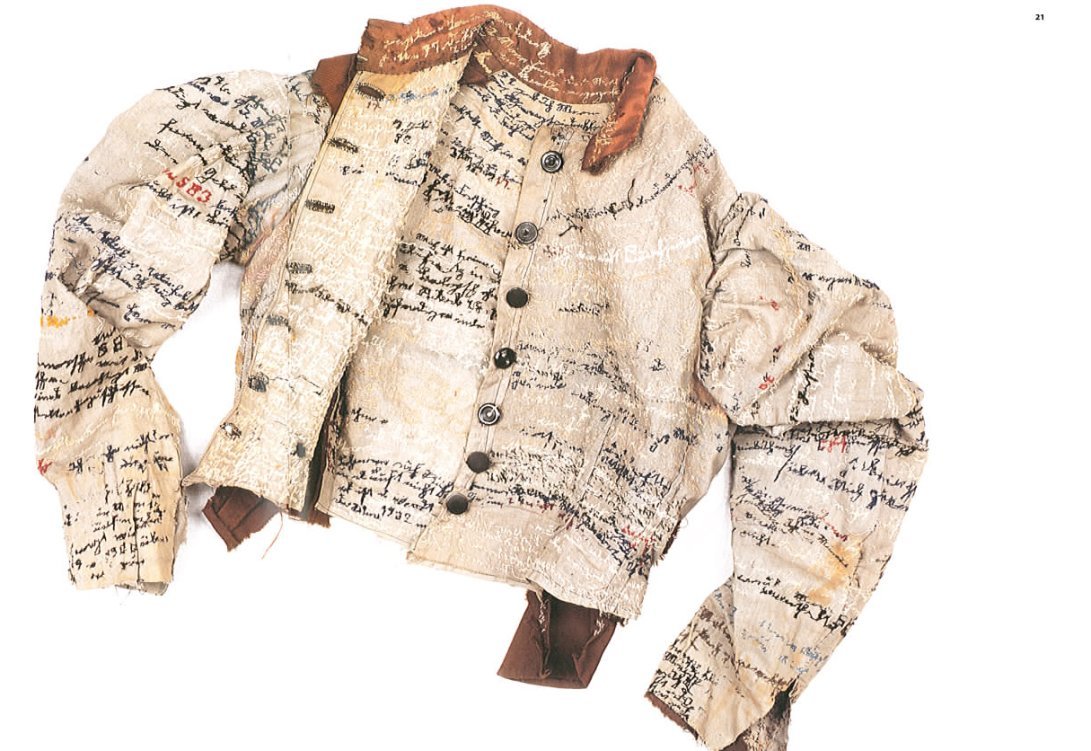
Dear Reader
People with disabilities have been major players throughout history. If you were to take away their contributions, you wouldn’t recognize the world. It would be a much different place and in much rougher shape, even though the history books have missed most of these achievements or have given credit to someone else.
This issue highlights artist Agnes Richter, comedian Stella Young, disability theorist Wolf Wolfensberger, best selling author and educator Parker Palmer and Paralympian Jessica Long. Please keep sending your comments and suggestions via this form. And if you like what you’re reading do spread the word.
Thanks – Al
This week in history ...

On February 24th Australian comedian, broadcaster and disability rights activist Stella Young was born (1982). Young became famous internationally for her TED Talk, I’m not your inspiration, thank you very much. It has been viewed more than three and half million times. She described images that showed a little girl with no hands drawing a picture with a pencil held in her mouth or a child running on carbon fibre prosthetic legs as inspiration porn. “I use the term porn deliberately because they objectify one group of people – disabled people – for the benefit of another group of people – non-disabled people,” she said. “The purpose of these images is to inspire you, to motivate you, so that we can look at them and think, “Well, however bad my life is, it could be worse. I could be that person.” “
Young also took issue with the expression “The only disability in life is a bad attitude.” She said, “the reason that’s bullshit is because it’s just not true, because of the social model of disability. No amount of smiling at a flight of stairs has ever made it turn into a ramp.” She ended her TED Talk by saying, “Disability doesn’t make you exceptional, but questioning what you think you know about it does.”
In her blog post Dancing like everyone’s watching Young wrote that she was never more aware of her body than when she was on the dance floor. “I dance as a political statement, because disabled bodies are inherently political, but I mostly dance for all the same reasons anyone else does: because it heals my spirit and fills me with joy.”
Stella Young died unexpectedly in 2014 at the age of 32. She was described by fellow comedian Wendy Harmer as a “hopeless yet cynical romantic”, a show-off, a dancer and “a lover of a fine pair of polkadot shoes.”
On February 27th 2011 disability theorist Wolf Wolfensberger died. From his base in Omaha Nebraska he spread the message that people with disabilities have the right to live a normal life like everybody else. He did this by popularizing the Scandinavian concept of “normalization.” His work revolutionized professional services and programs and led to the closure of institutions, segregated schools and other services.
Wolfensberger also emphasized the importance of people with intellectual, learning and developmental disabilities having valued social roles. “People who fill roles that are positively valued by others will be afforded by the latter the good things of life, but people who fill roles that are devalued by others will typically get badly treated by them,” he wrote.
In 2006 Exceptional Parent magazine named “the work of Dr. Wolf Wolfensberger on the Principles of Normalization…” as one of the 7 Wonders of the World of Disabilities along with Salk’s polio vaccine, braille, the wheelchair and the Americans with Disabilities Act.

On February 28th author, healer and educator Parker Palmer was born in Chicago (1939). Despite numerous best selling books, honorary doctorates and awards he regards his greatest accomplishment as surviving three serious bouts with clinical depression. “Nothing I’ve ever done has required more fortitude and persistence than surviving that assault on my selfhood and sense of meaning and purpose in life,” he said in an interview.
Palmer considers himself a wounded healer. “I was born baffled and have trusted my bafflement more than my certainties,” he said. He knows everyone is a mixed bag. He believes the most important words he can offer to anyone who is suffering are, “Welcome to the human race! Now you enter the company of those who have experienced some of the deepest things a human being can experience.”
Palmer founded the Centre for Courage and Renewal to close the gap between people’s personal and professional lives, and to help them integrate their inner and outer selves. He describes this as a move toward wholeness. “Wholeness does not mean perfection,” he cautions, “it means embracing brokenness as an integral part of life.”
 On February 29 American Paralympic champion and swimmer Jessica Long was born (1992). She was adopted from a Siberian orphanage when she was 13 months old. Her lower legs were amputated a few months later due to a condition know as fibular hemimelia. Long has competed in 4 Paralympic Games winning 23 medals, 13 gold.
On February 29 American Paralympic champion and swimmer Jessica Long was born (1992). She was adopted from a Siberian orphanage when she was 13 months old. Her lower legs were amputated a few months later due to a condition know as fibular hemimelia. Long has competed in 4 Paralympic Games winning 23 medals, 13 gold.
Long says swimming wasn’t an escape but an opportunity to deal with the things she wanted to escape from. In her book Unsinkable she wrote, “It helped me work through a lot of feelings and frustrations, because I had hours under water just to swim laps and think. I had the freedom to be alone with myself, completely unlimited by my circumstances or my body while doing what I loved…All my life I have had to fight to catch up with people. But not in the water. That’s the one place where everyone else is trying to keep up with me!”
Long was featured in a Super Bowl commercial in February 2021.
Did you know?
6000 pieces of art (paintings, drawings, sculptures, weavings, collages and installations) created by patients in mental institutions were collected by art historian Hans Prinzhorn between 1919 and 1921. One of those pieces was Agnes Richter’s jacket (pictured above) which also served as her diary. Richter was sent to a German psychiatric hospital in 1895 when she was 51. Her beautiful and elegant garment is constructed from brown wool, ripped-up hospital uniforms and coarse institutional linen and covered with intricate text stitched with coloured threads. Richter wore her work of art everyday. Some of the text is readable: “I am not big,” “I wish to read,” and “I plunge headlong into disaster.” Most of the text isn’t. It remains a mystery, embodying the person who made it – her loneliness, her drive to communicate – yet symbolizing the gulf between the medical explanation of psychiatric illness and those who experience it.
Gail Hornstein, in her book Agnes’s Jacket: A Psychologist’s search for the Meanings of Madness, compares Agnes’s secret inner world of words to a sacred text which we can’t make sense of on our own. She concludes that Agnes’s jacket embodies the core insight of the psychiatric survivor movement: “madness is more code than chemistry. If we want to understand it, we need translators – native speakers, not just brain scans.”
Agnes remained in the asylum for the rest of her life. While she died in 1918 her words live on. Her jacket is on display at the Prinzhorn Collection museum in Heidelberg.
Subscribe
Receive the digest in your inbox.
